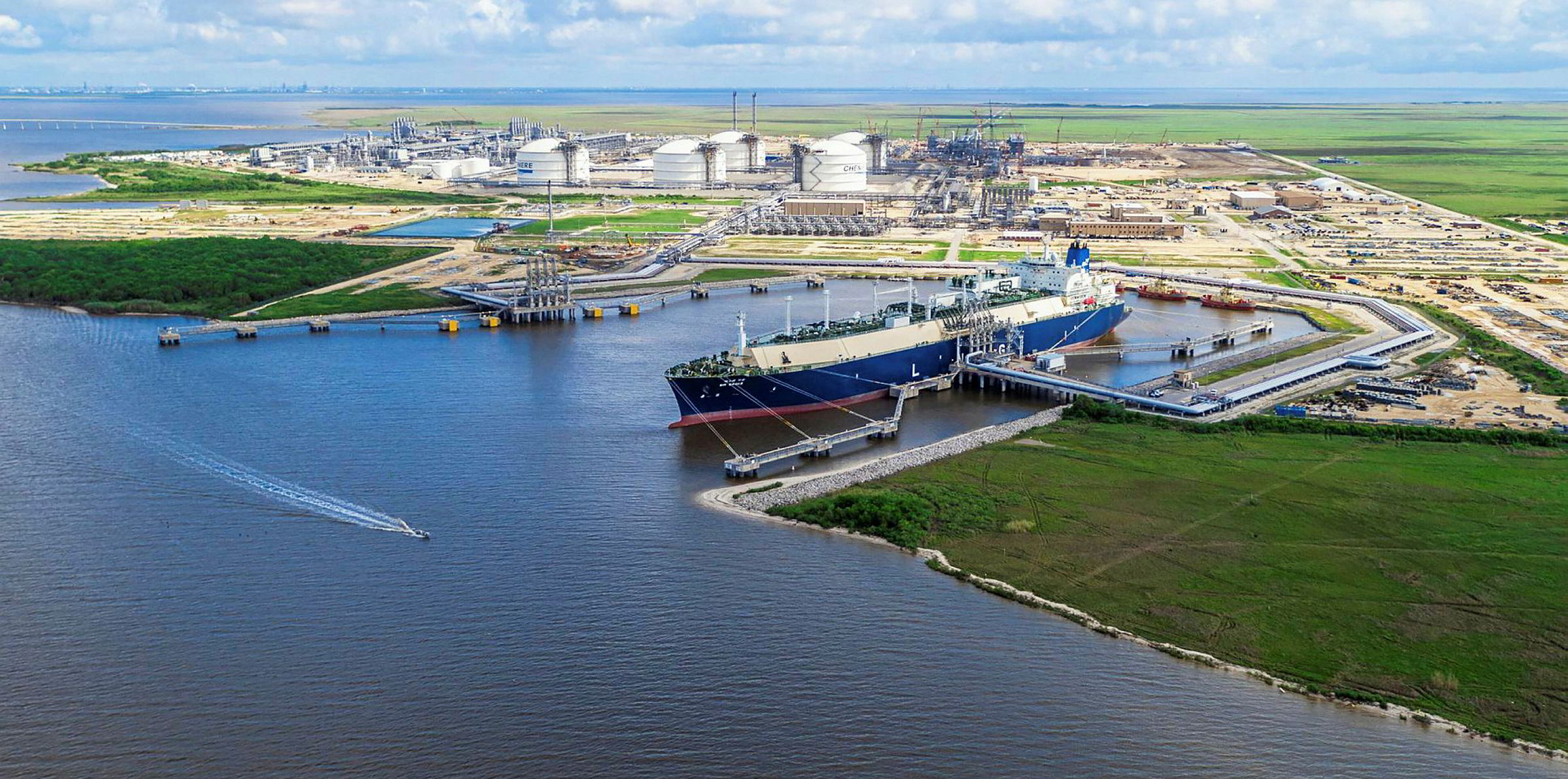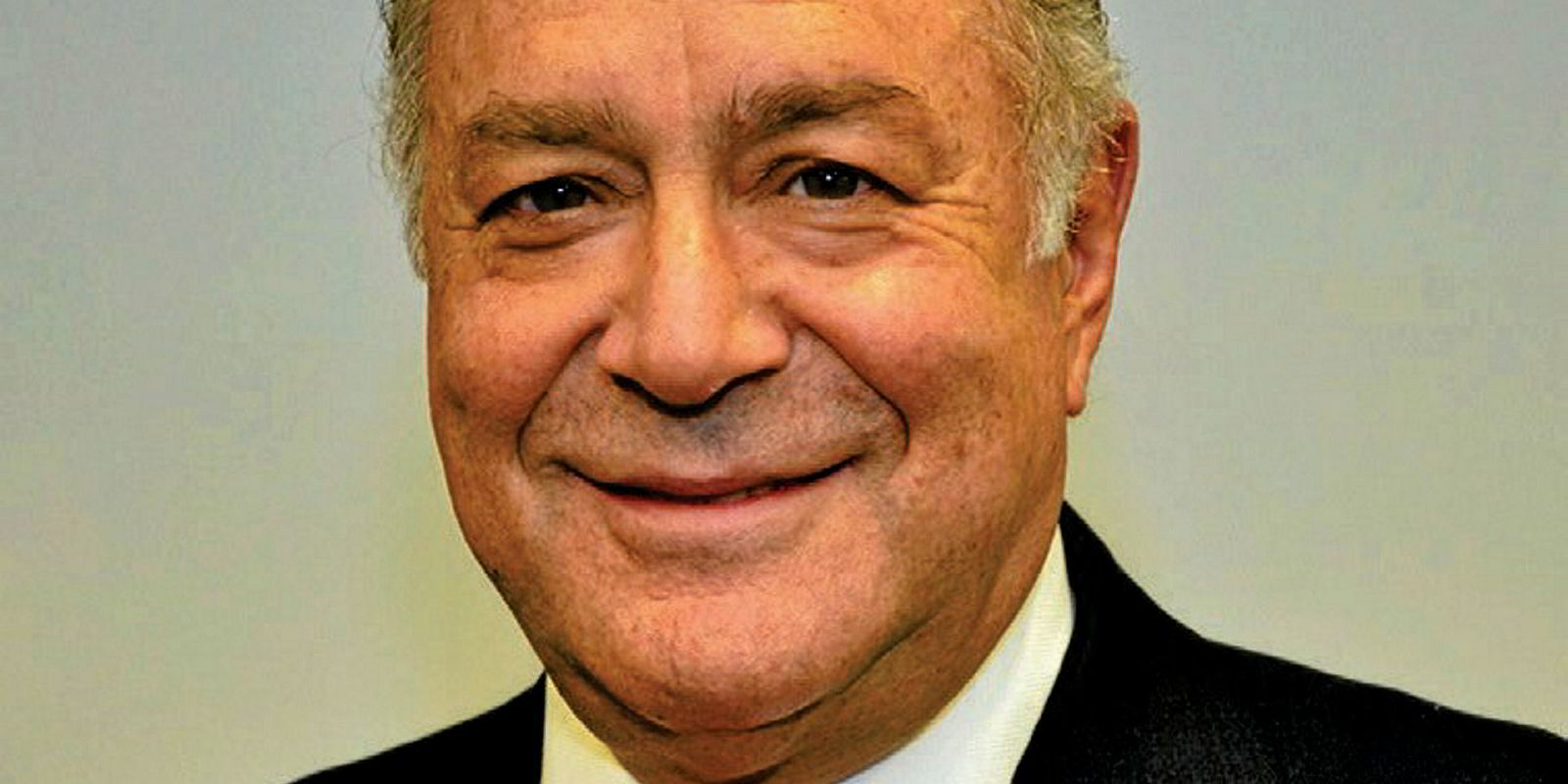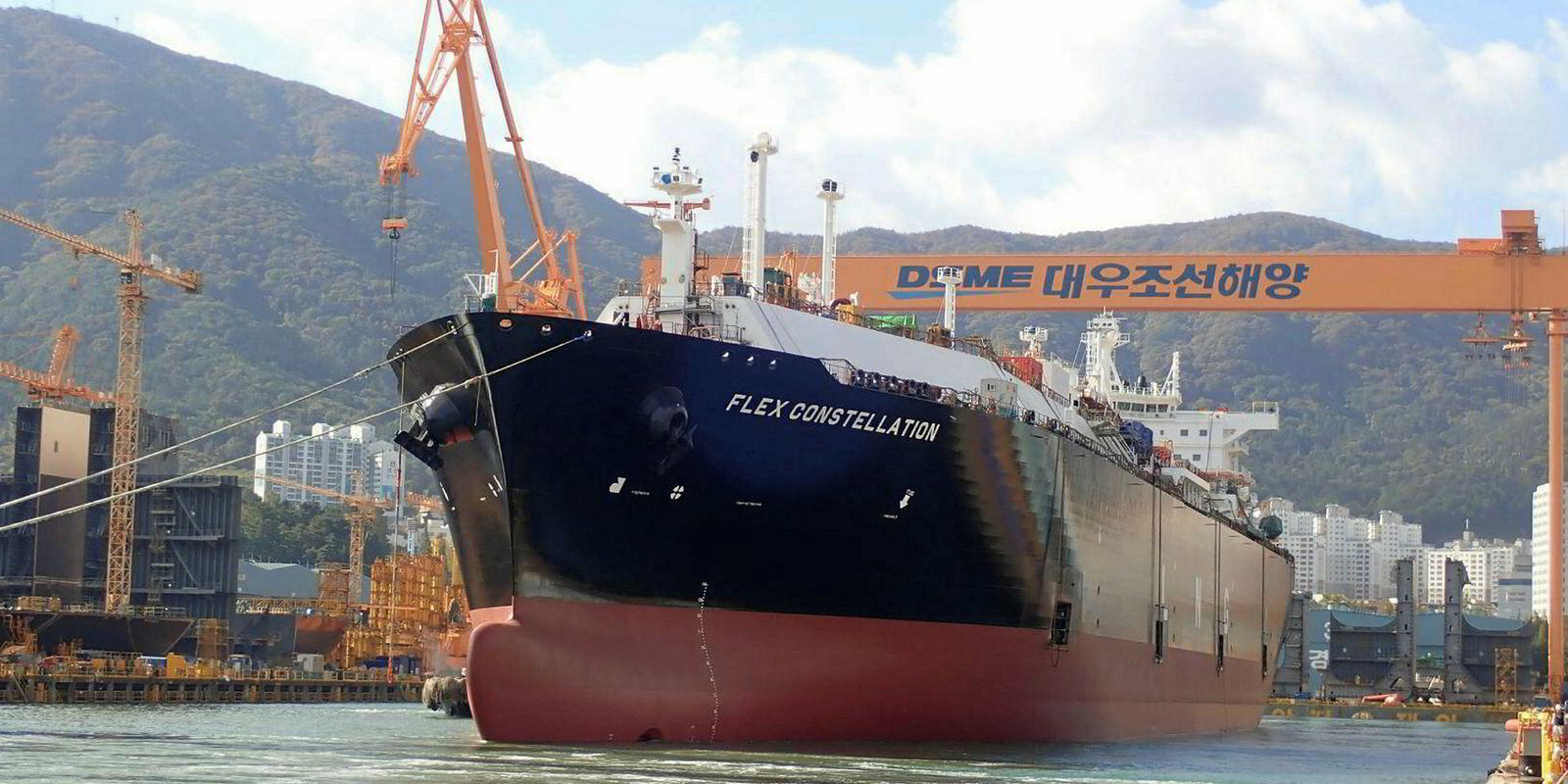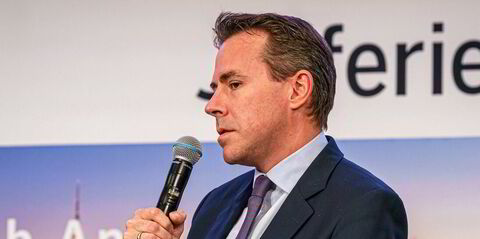Shipbroker Fearnleys estimates an additional 64 LNG carriers will need to be ordered before 2022 to meet the requirements of the growing LNG market.
Speaking at an LNG symposium in London hosted by Fearnley Securities, Per-Christian Fett, who is director and global head of LNG at broking arm Fearnleys, said 100 million tonnes per annum of new LNG is due onstream by 2022 based on under-construction projects.
Much of this is new US LNG, which he said is shipping intensive and would add tonne miles, particularly when it heads to Asia.
Fett said the company’s forecast is based on a model balanced around 2018, where if all ships were run efficiently the market would be nine ships long.
Word of caution
But he cautioned 22 ships that Fearnleys is forecasting are needed by 2020 could disappear if the fleet speed increases by just one knot.
Fett said charter rates are now at an all-time high, passing those seen in the wake of the Fukushima nuclear power plant disaster in Japan in 2011.
He said this time the rate rises seem more driven by fundamentals than being event-related.
Fett said many of the fixtures are giving owners higher earnings because of the addition of ballast bonuses and positioning fees, which together give a greater return than the time-charter rate would indicate.
He gave the example of a round-trip voyage at a rate of $175,000 per day where, with the positioning and repositioning fees added in, the daily rate was likely to be more than $200,000.

The ramp up and the speed of the market improvement has caught a lot of charterers a little bit naked in this market
Fett detailed a number of key factors that are driving the present rates hikes.
These include higher tonne-miles for LNG shipping, low vessel availability, charterers not wishing to sublet vessels in what is a tight market and increased spot activity on the back of low LNG contract prices.
Long-term contracts
The LNG director said that while around 80% of the LNG cargo trade remains driven by long-term contracts, LNG shipping is moving towards a mid- to short-term contract model creating something of a mis-match.
He named US LNG producer Cheniere Energy as the top LNG ship charterer to date in 2018, with commodity traders Trafigura and Gunvor in second and third place, respectively.
Fett said the number of spot LNG fixtures is down in 2018 but there has been an increase in multi-month charters, indicating some industry players are taking term cover.
“The ramp up and the speed of the market improvement has caught a lot of charterers a little bit naked in this market,” Fett said.
He said the market looks “relatively robust” for next year based on the new volumes coming onstream and LNG carrier deliveries, with the picture continuing into 2020.
But he added that Fearnleys expects to continue to see a very volatile market as rates shoot up or down on the back of ship availability in a more active cargo sector.





